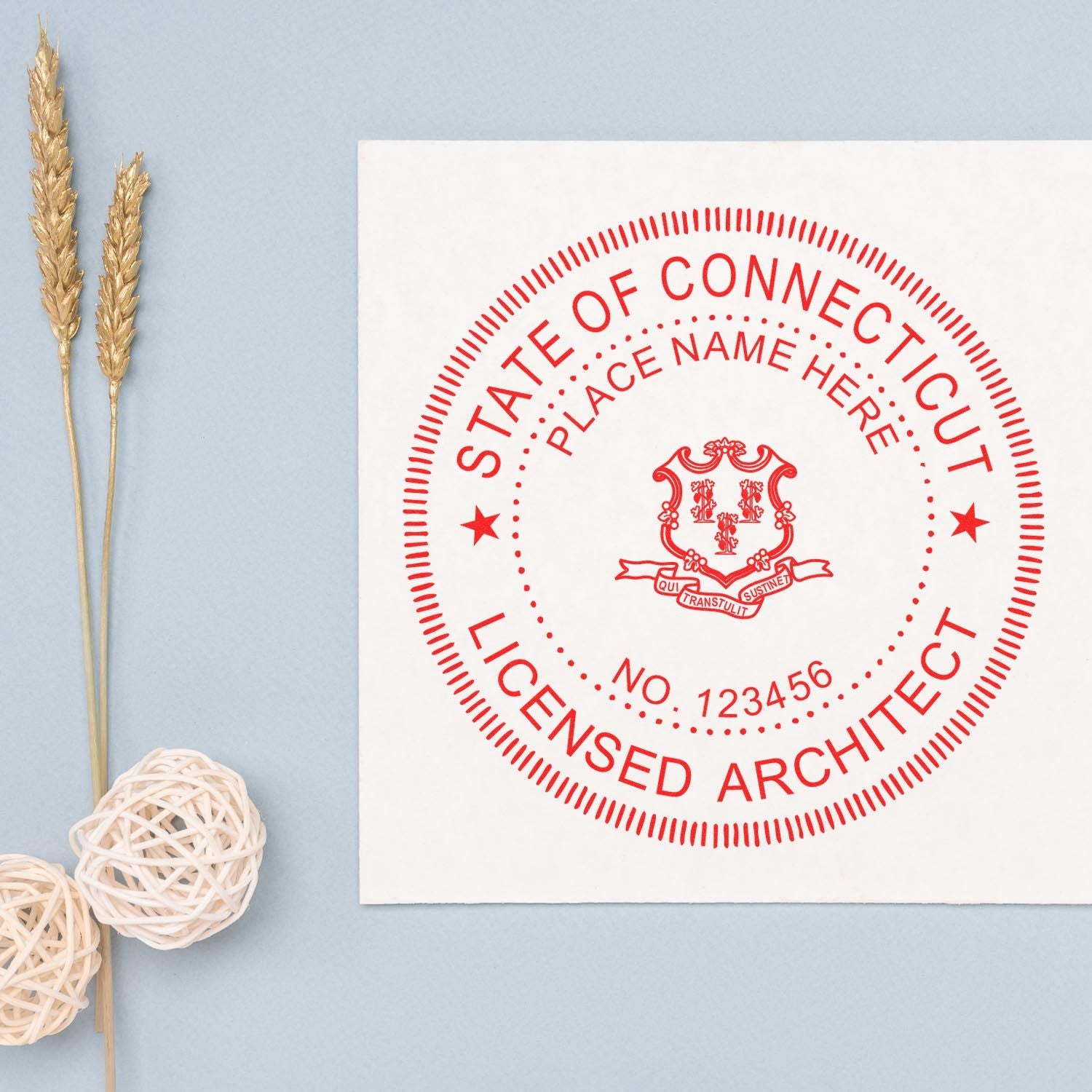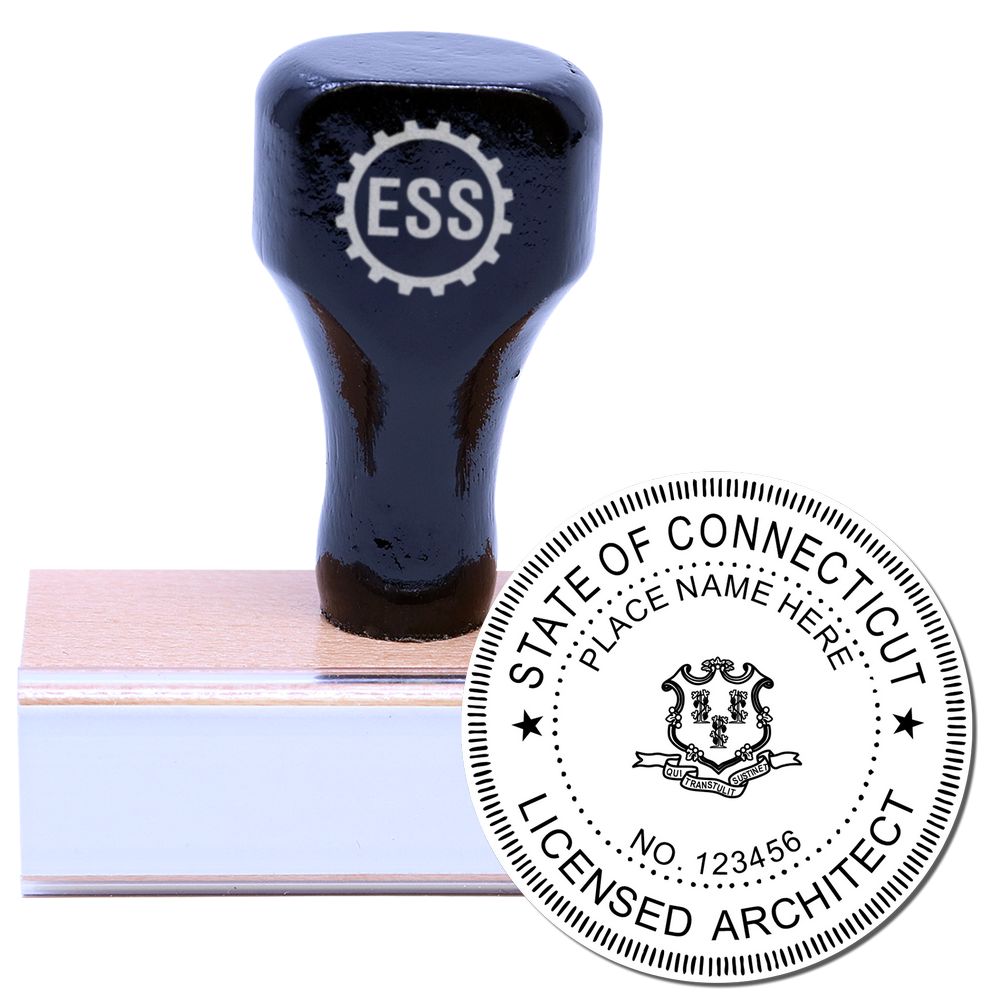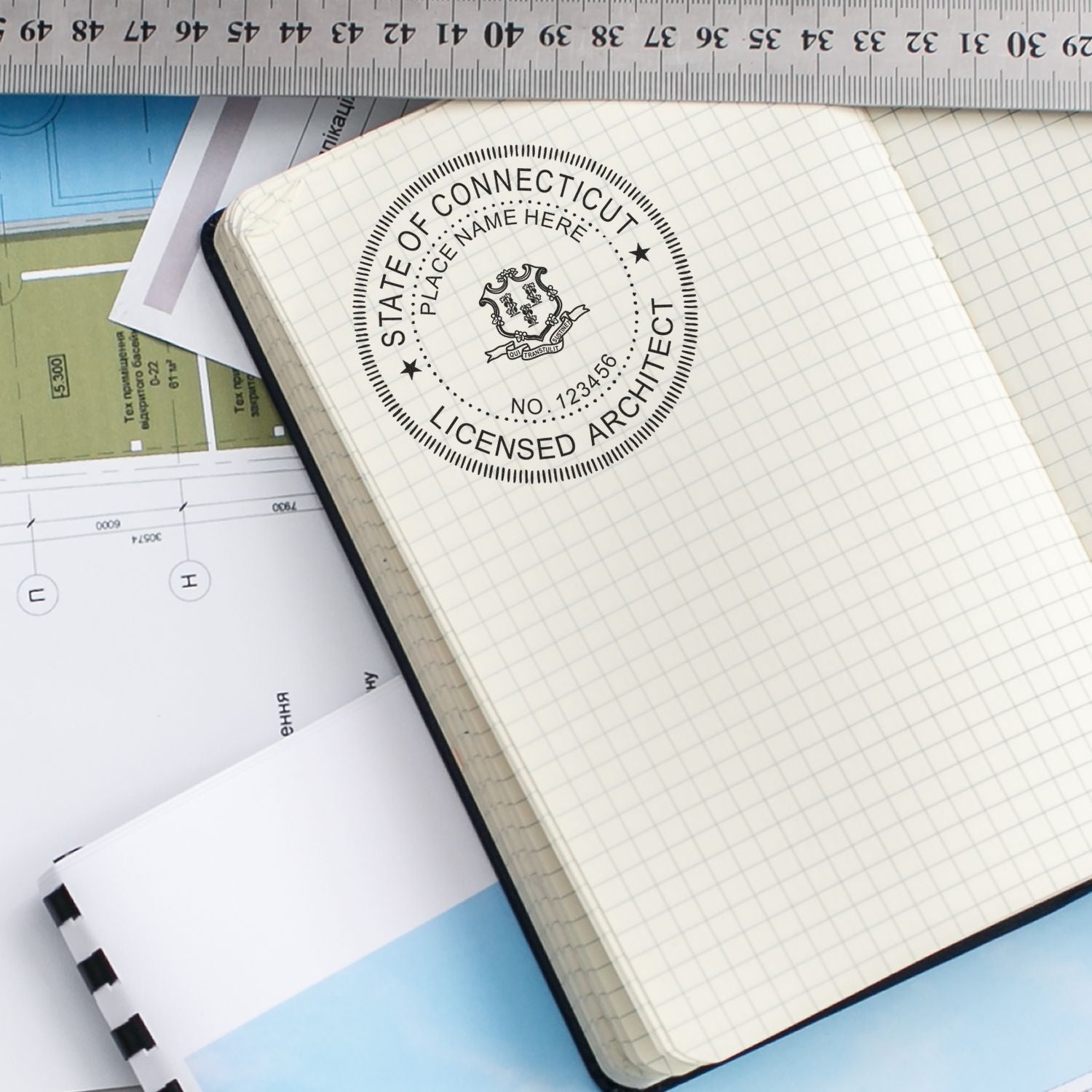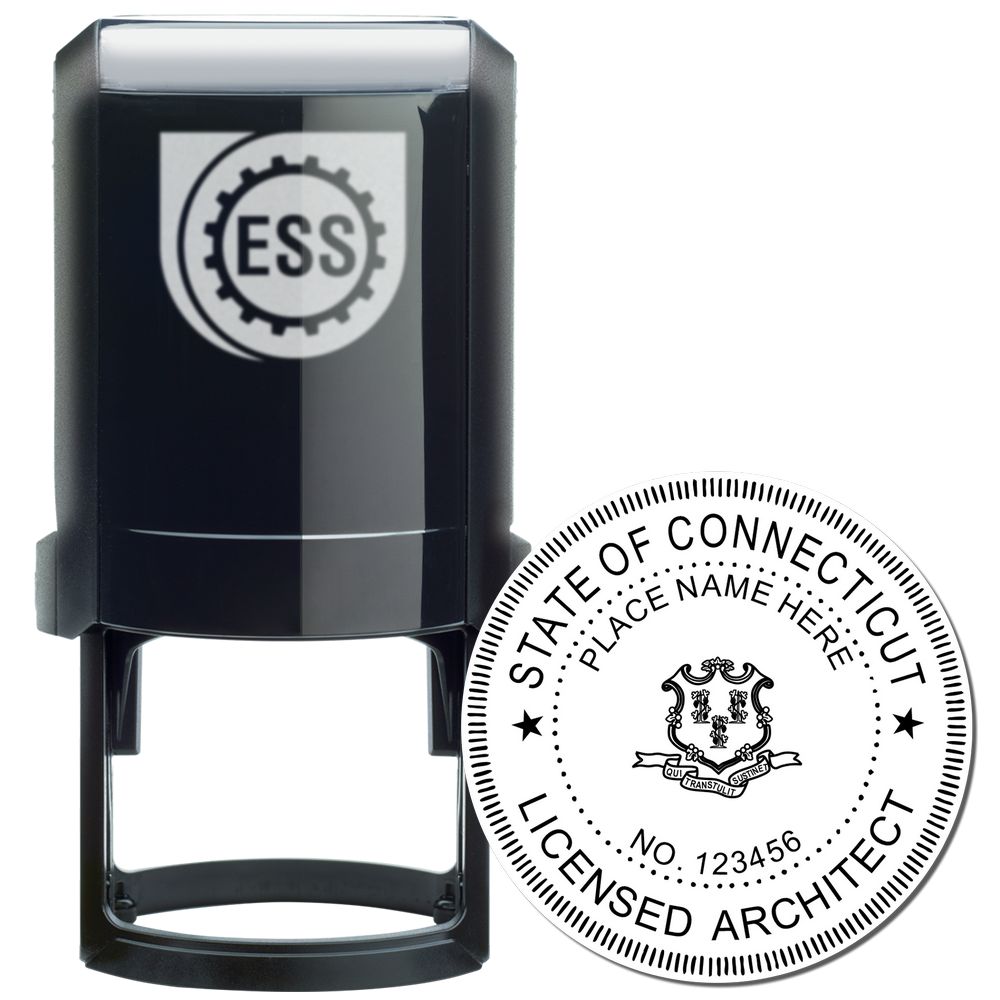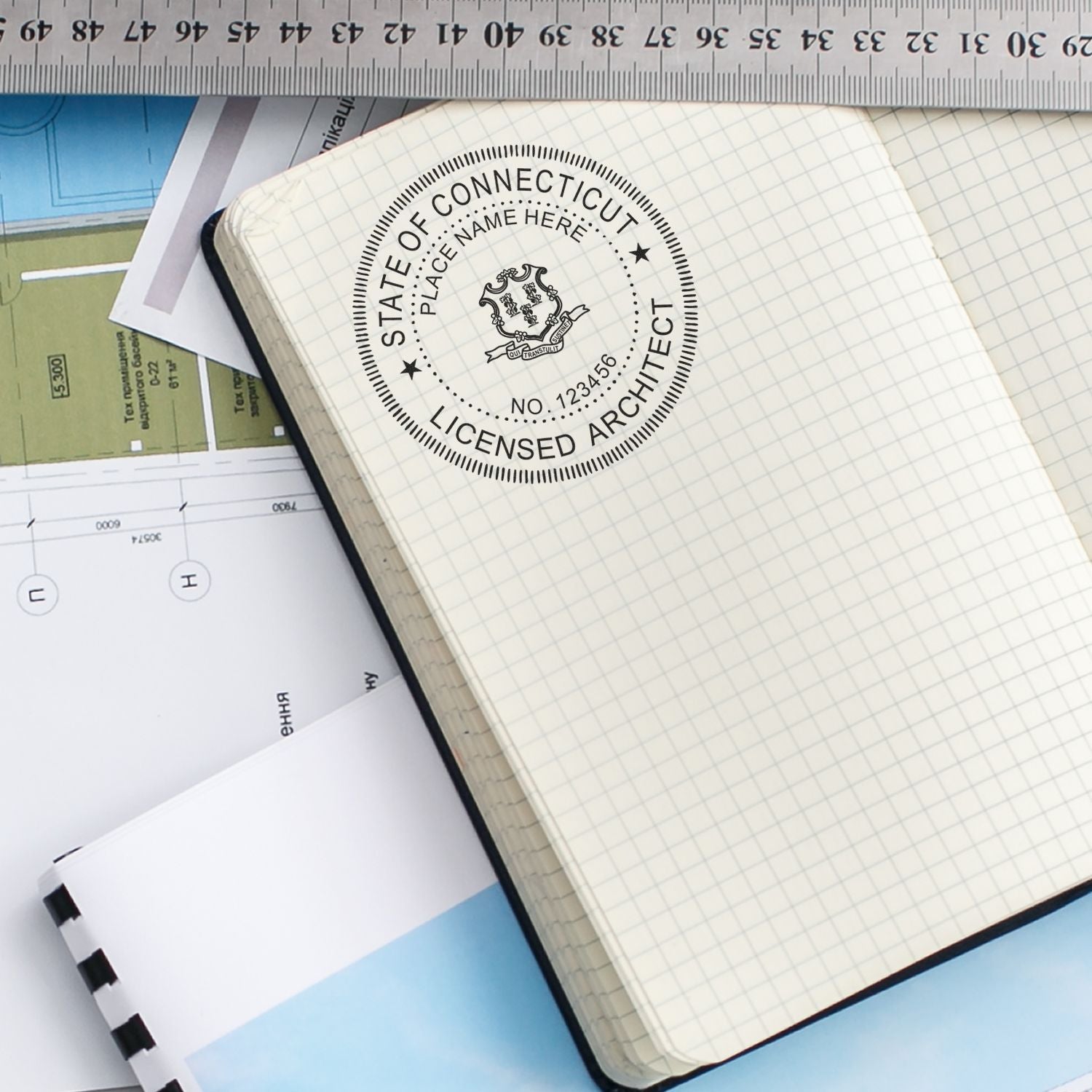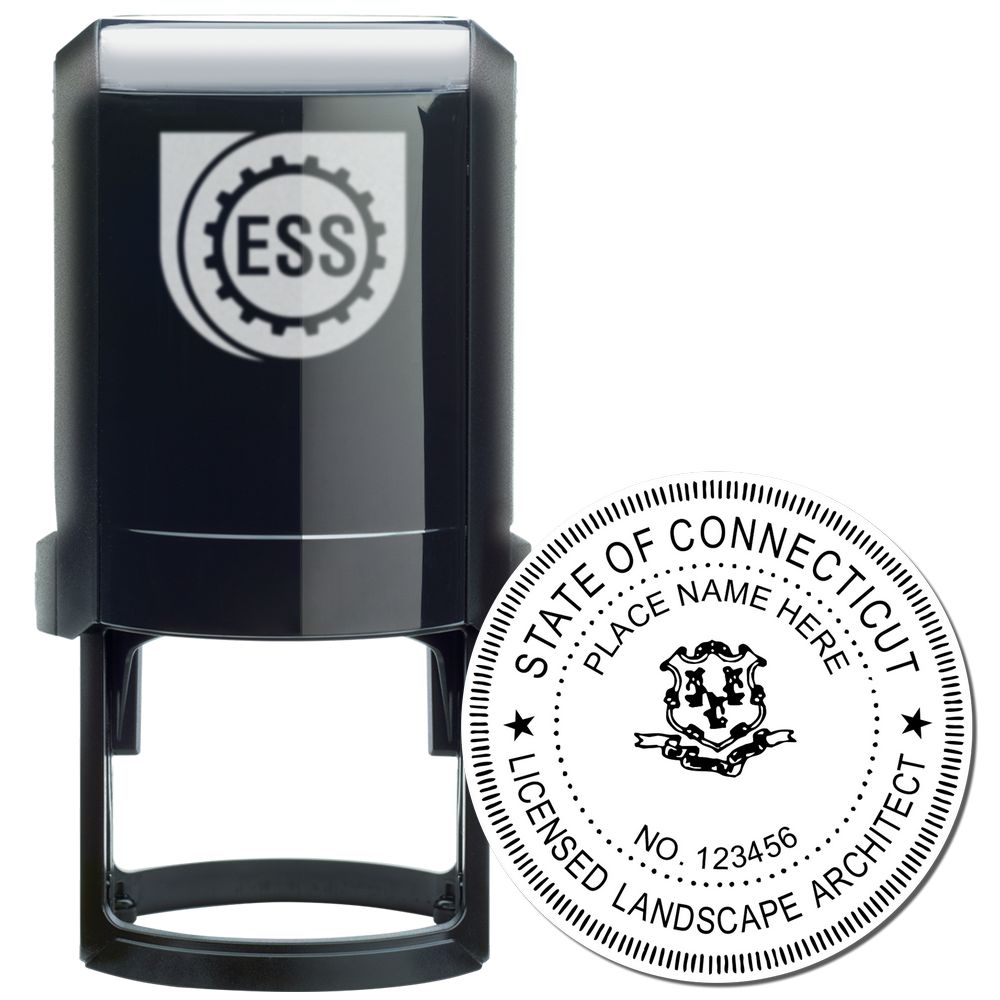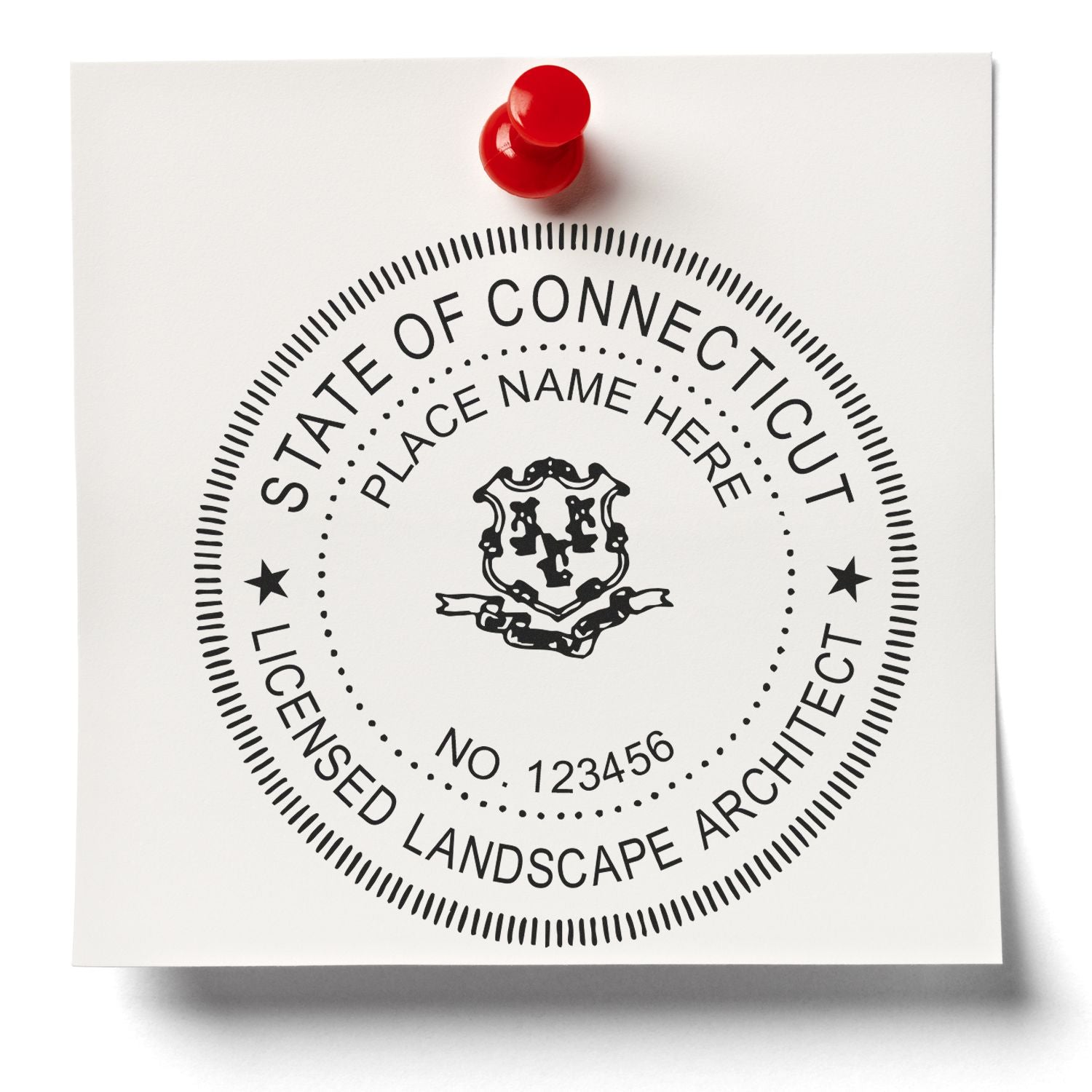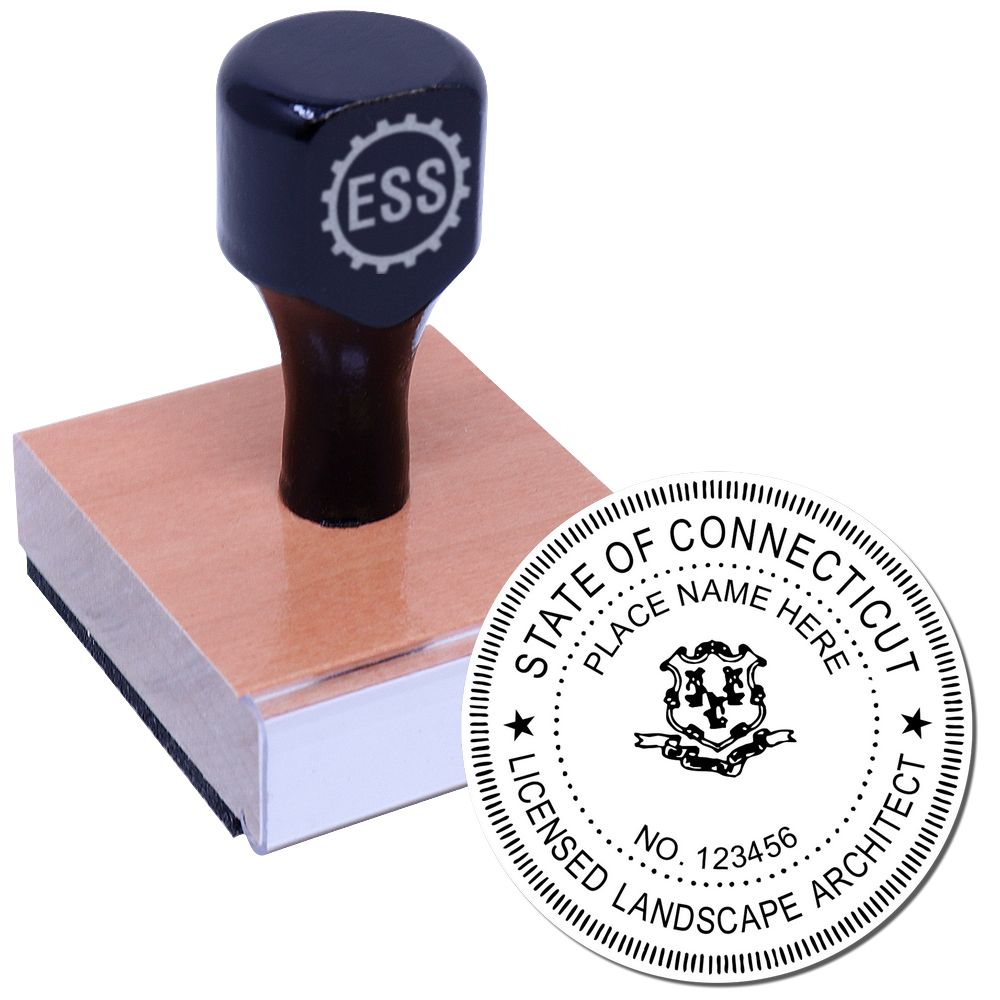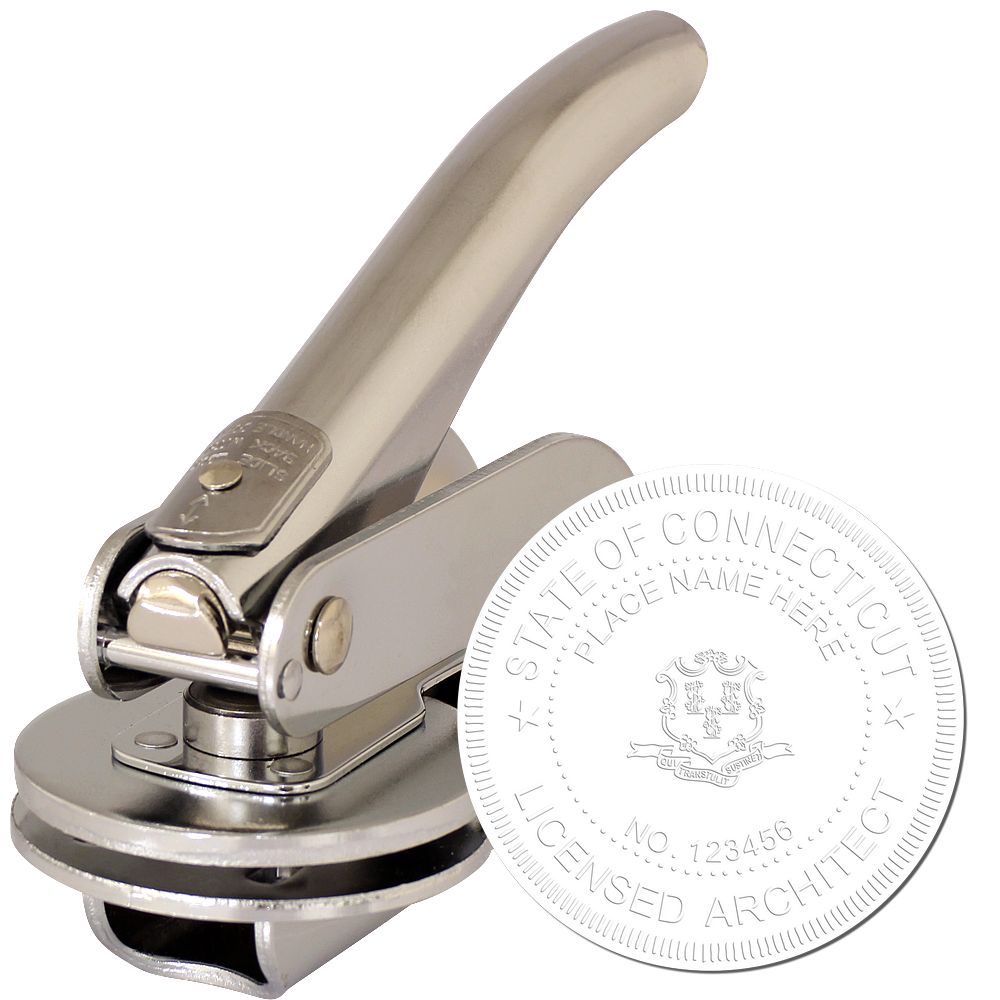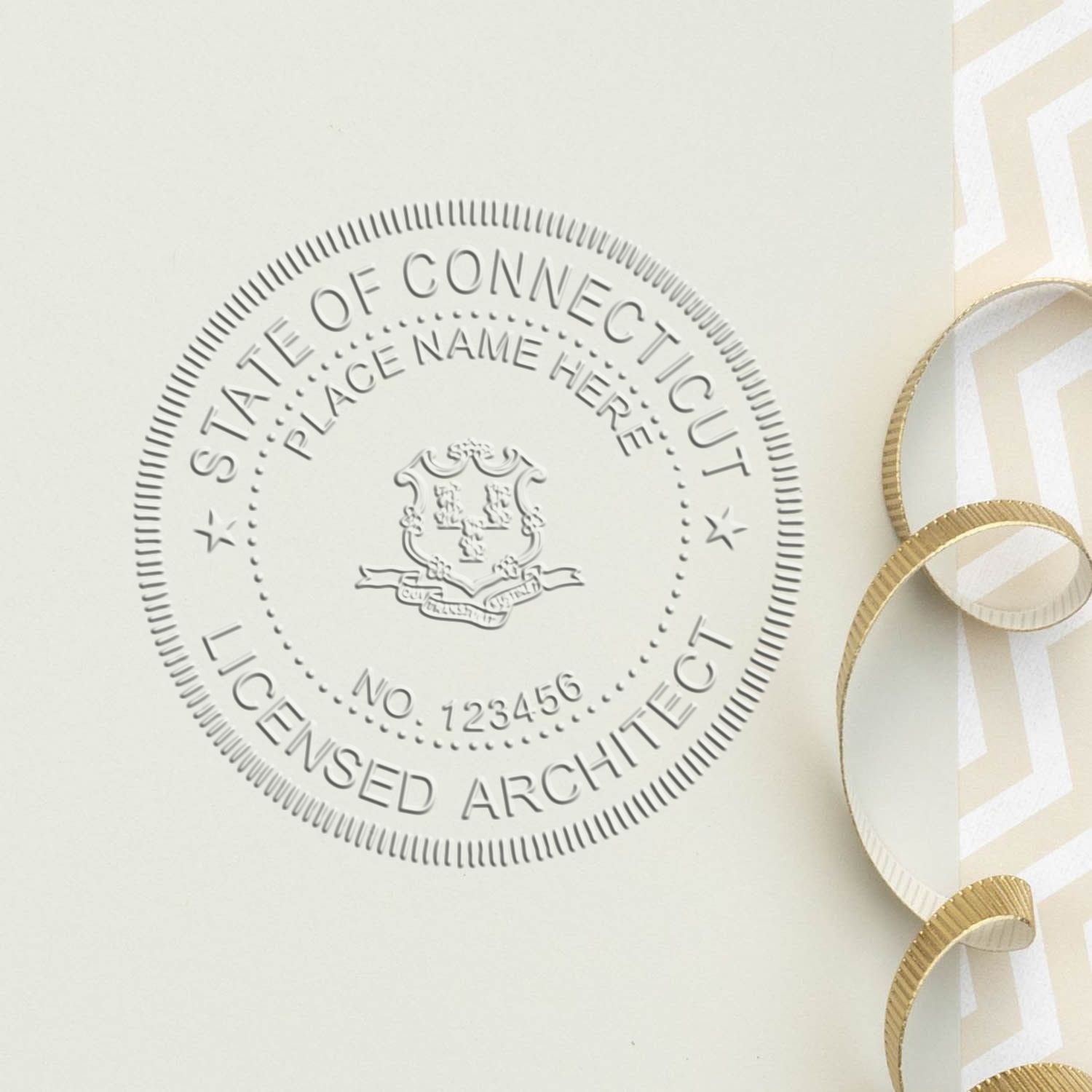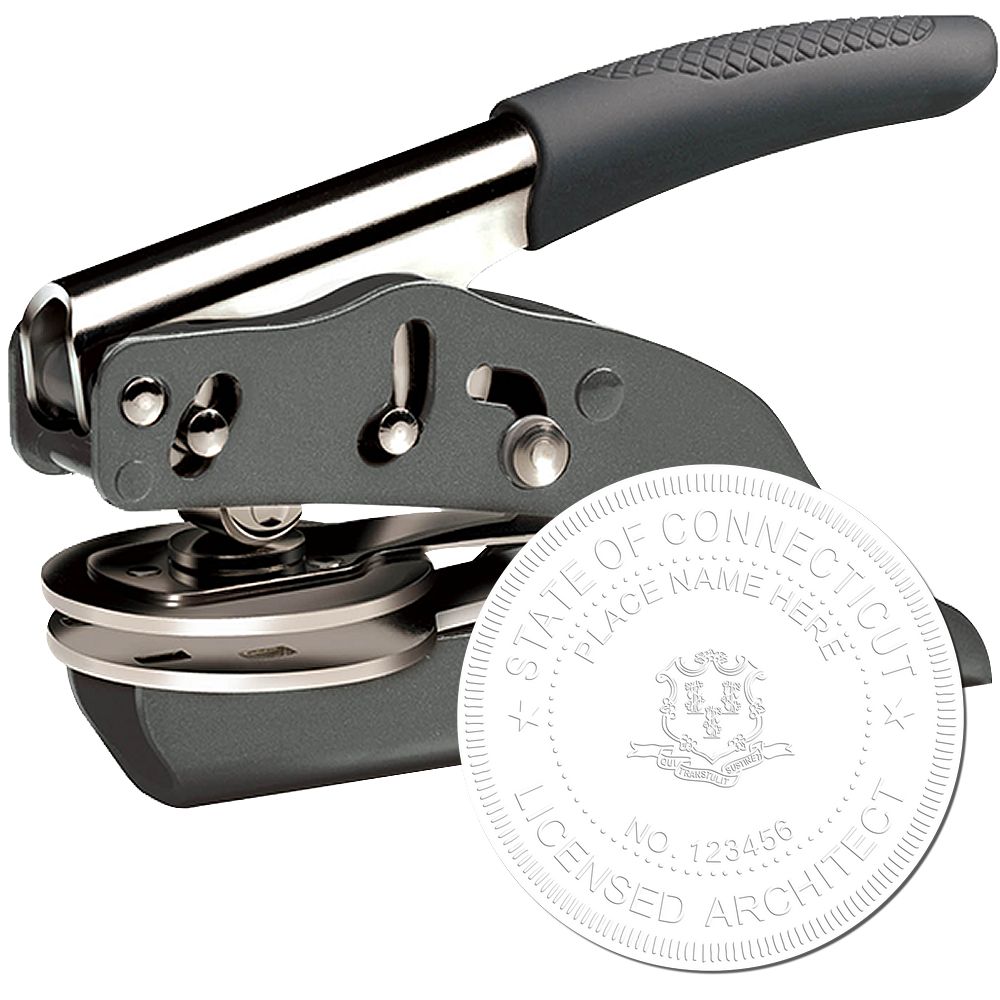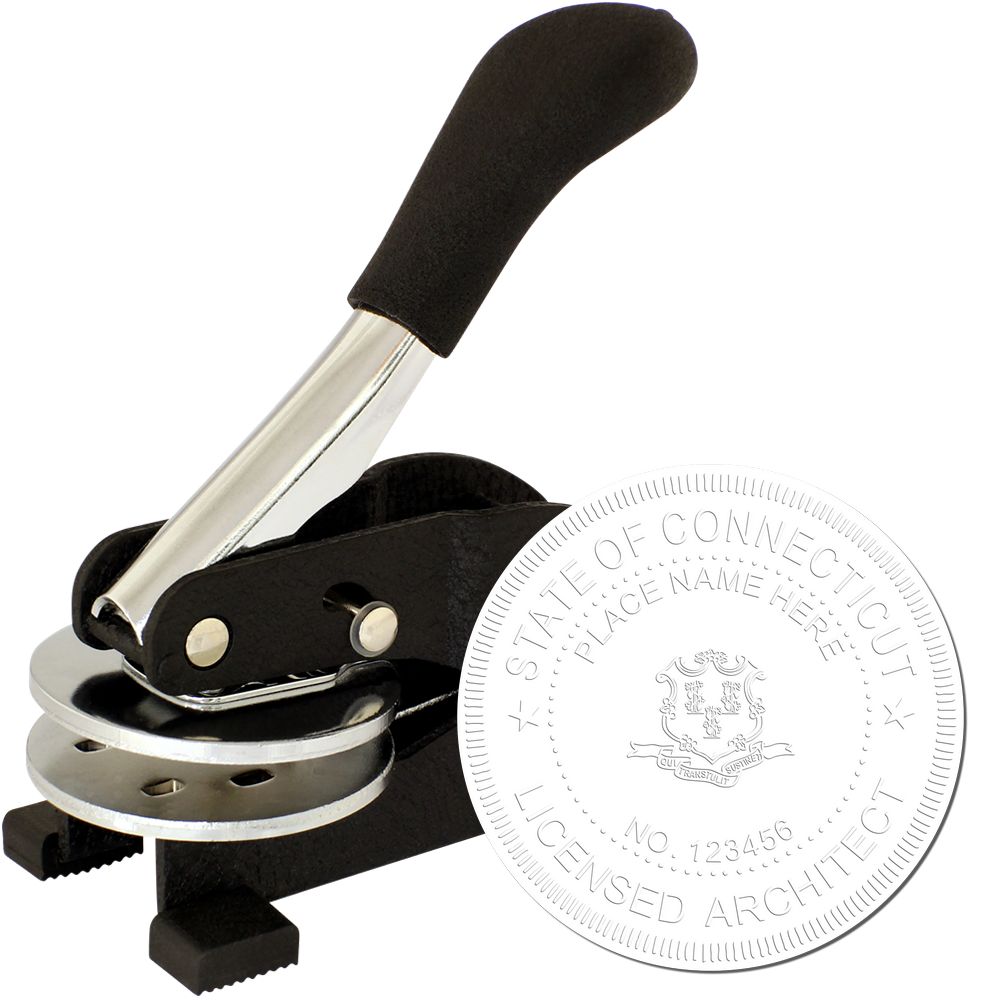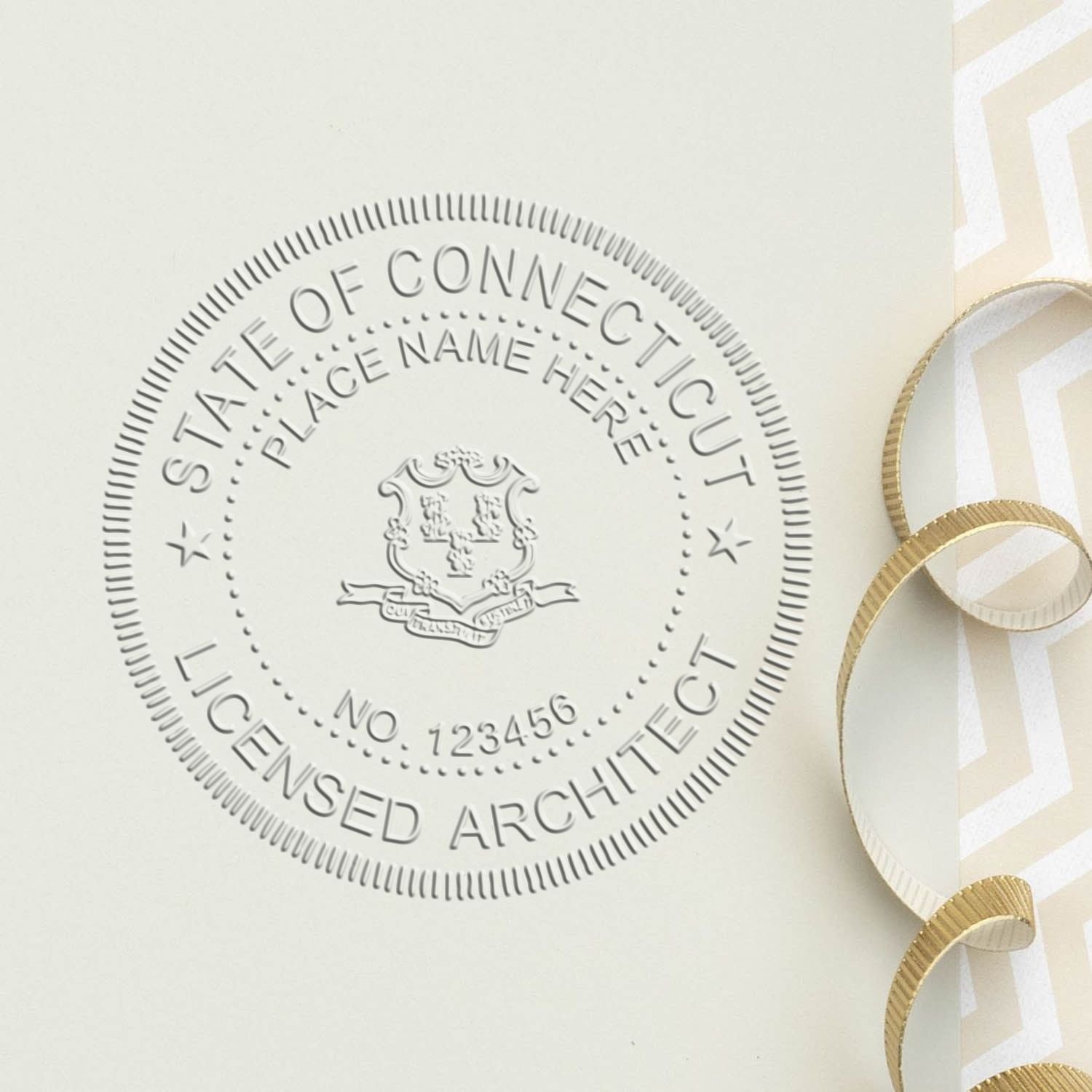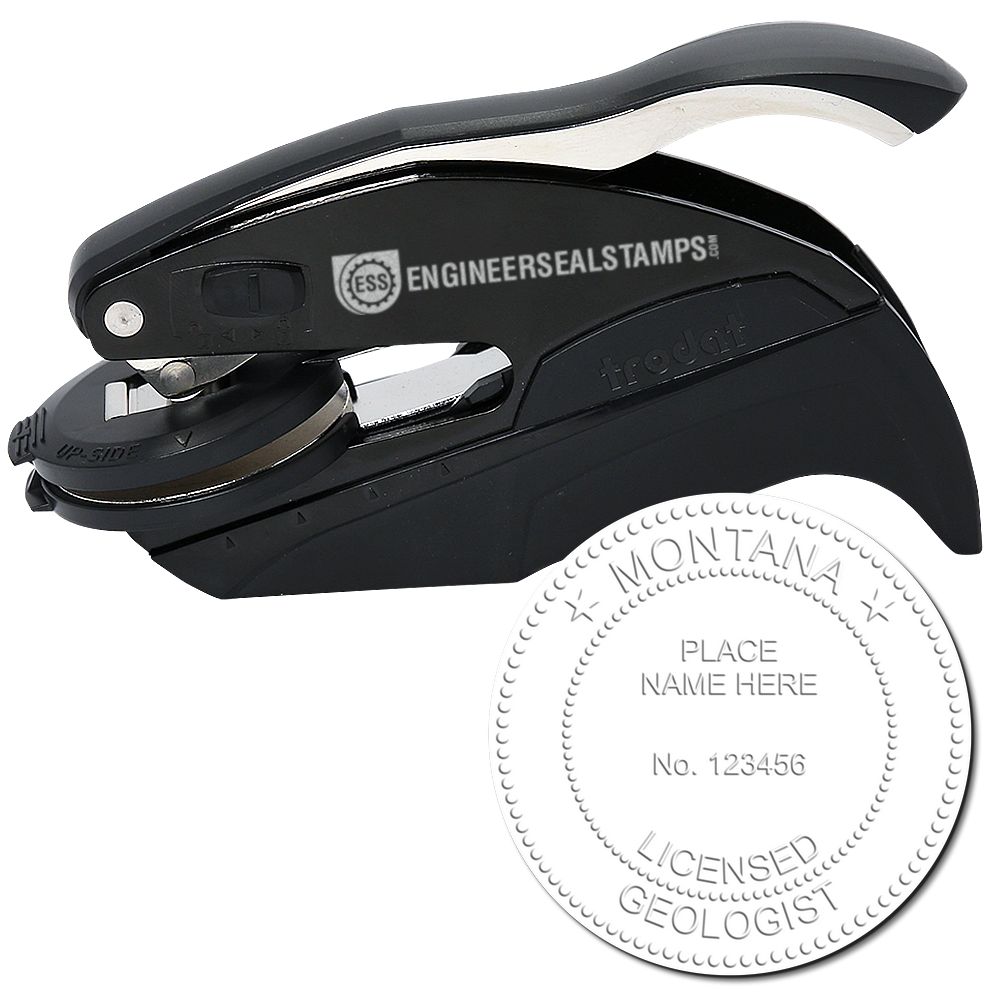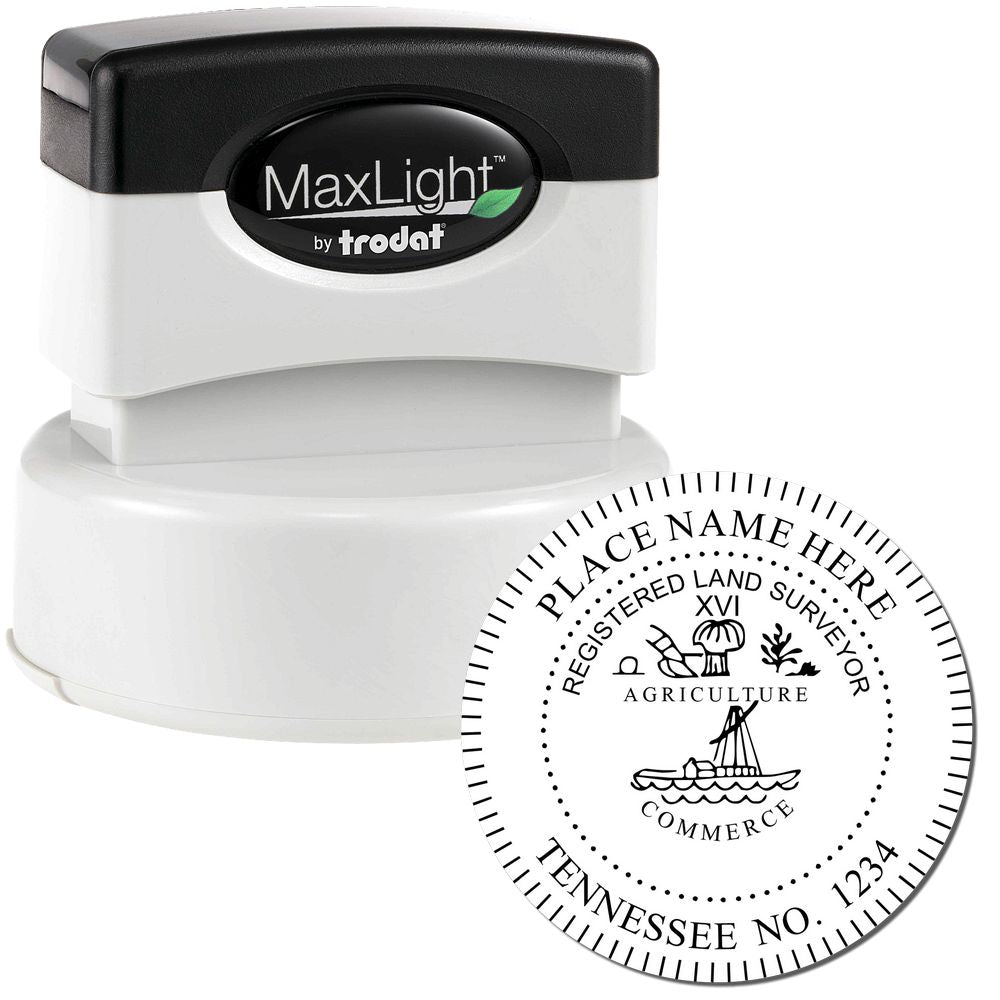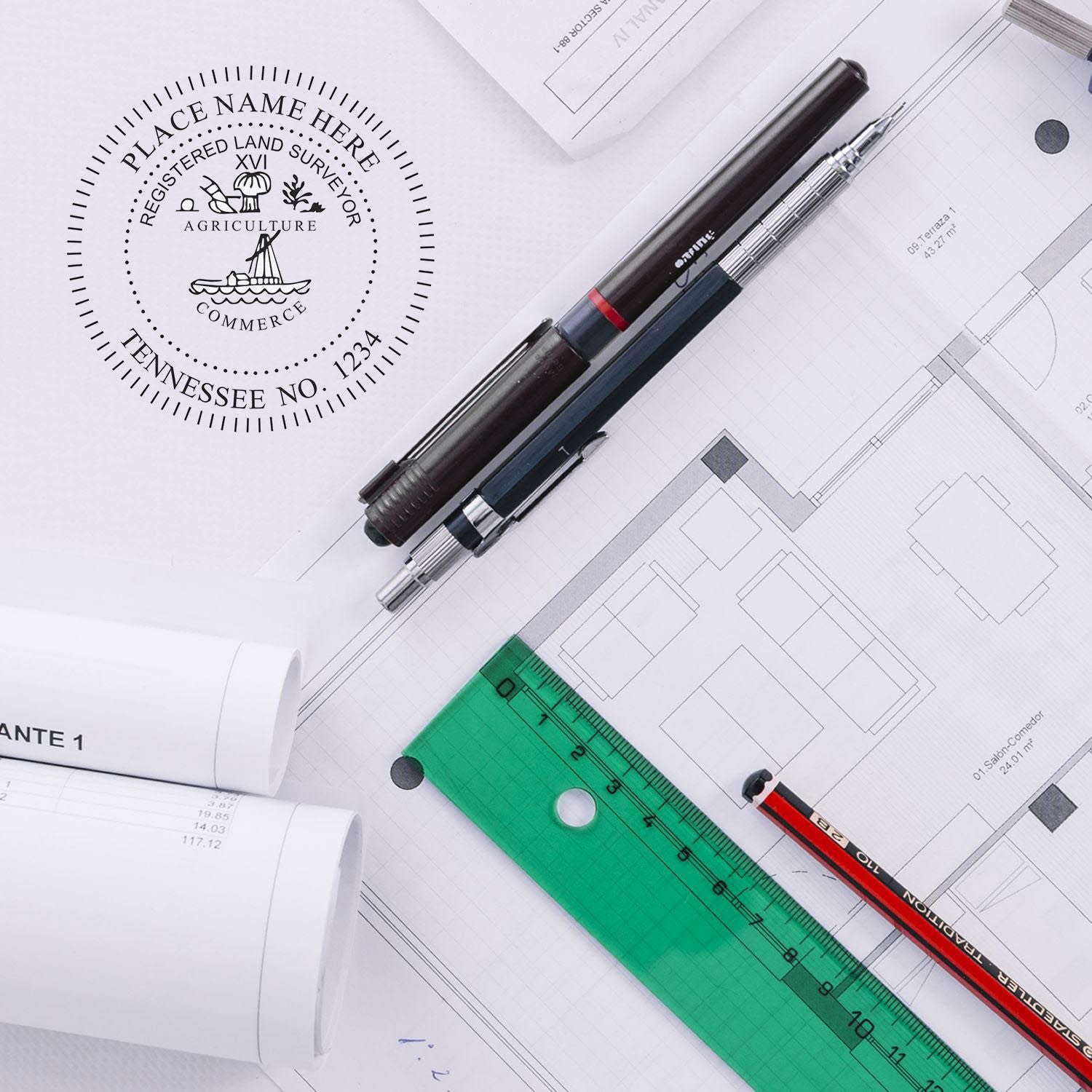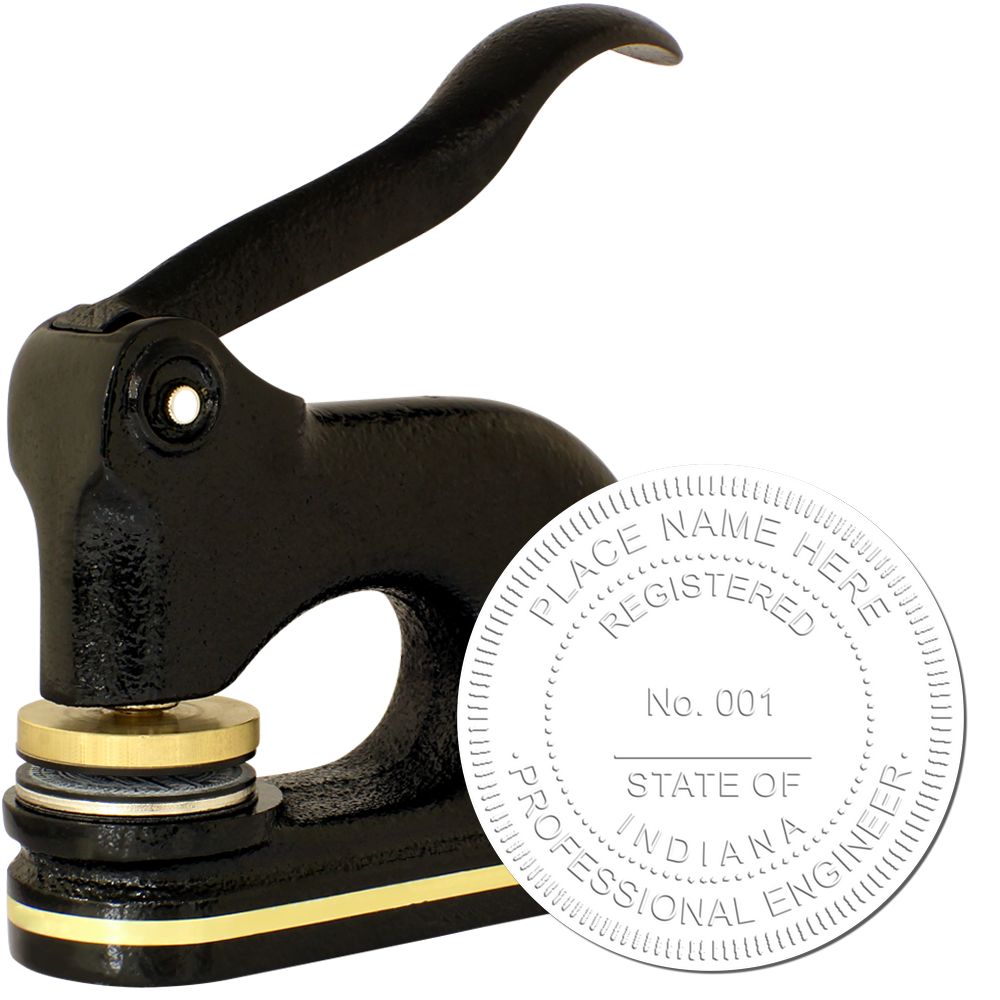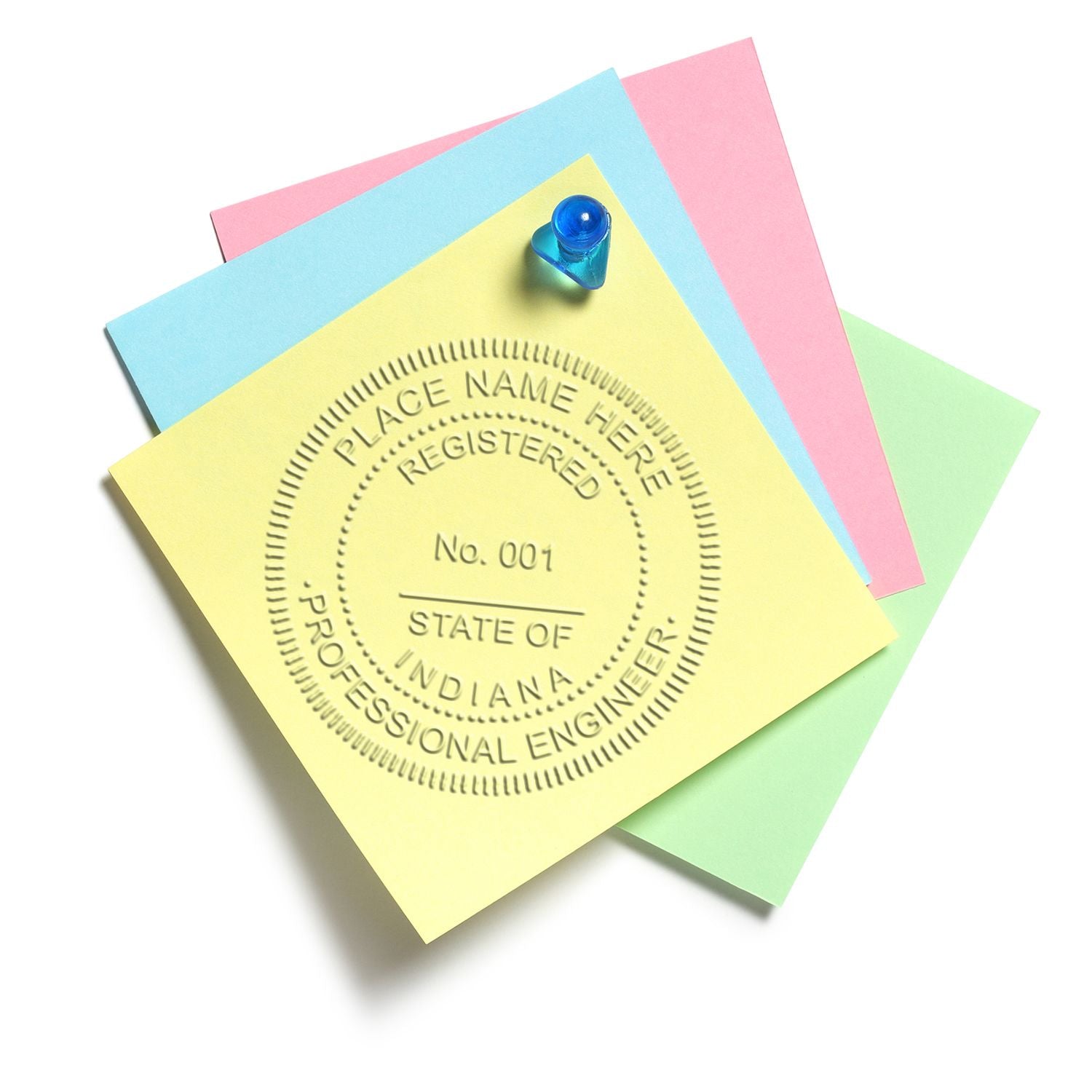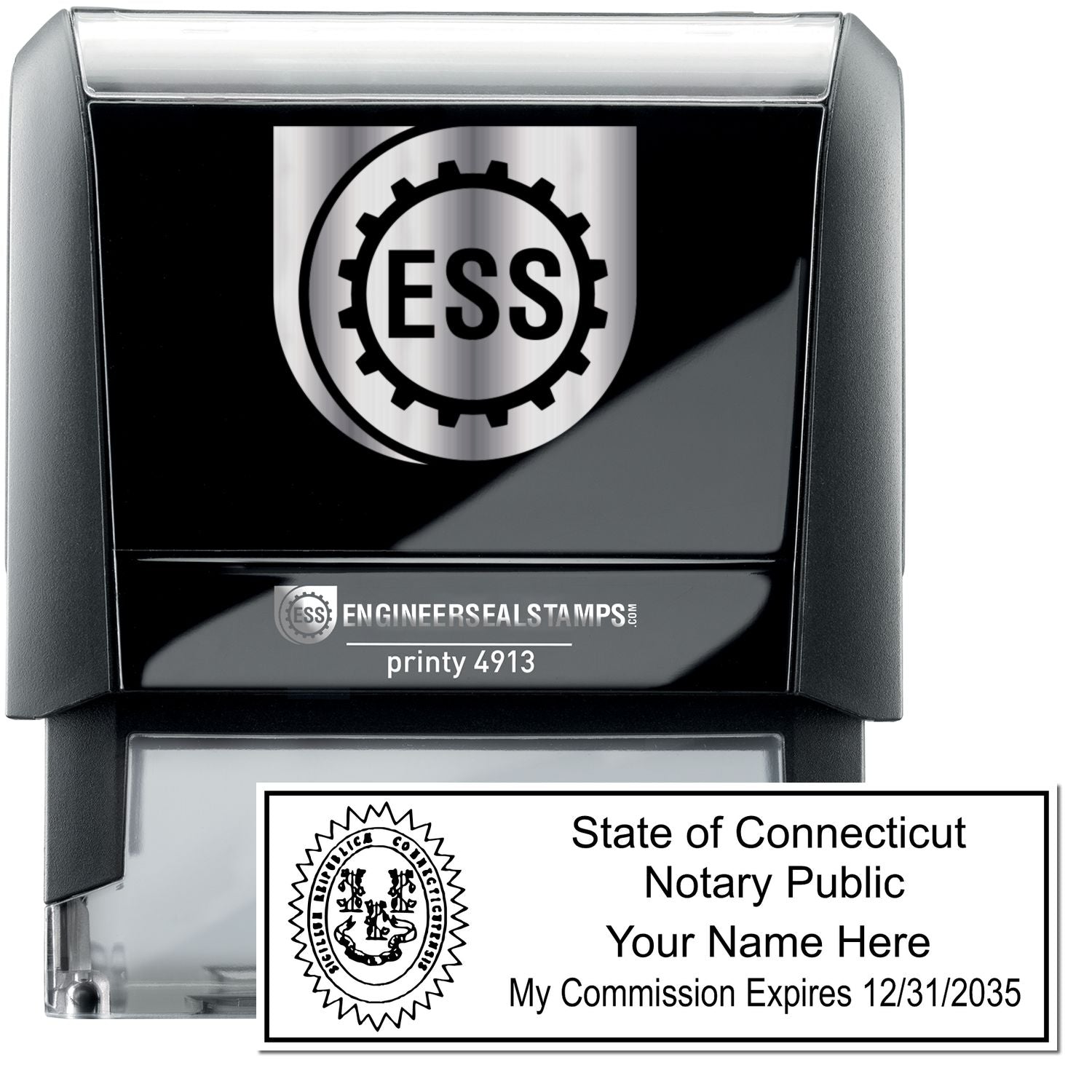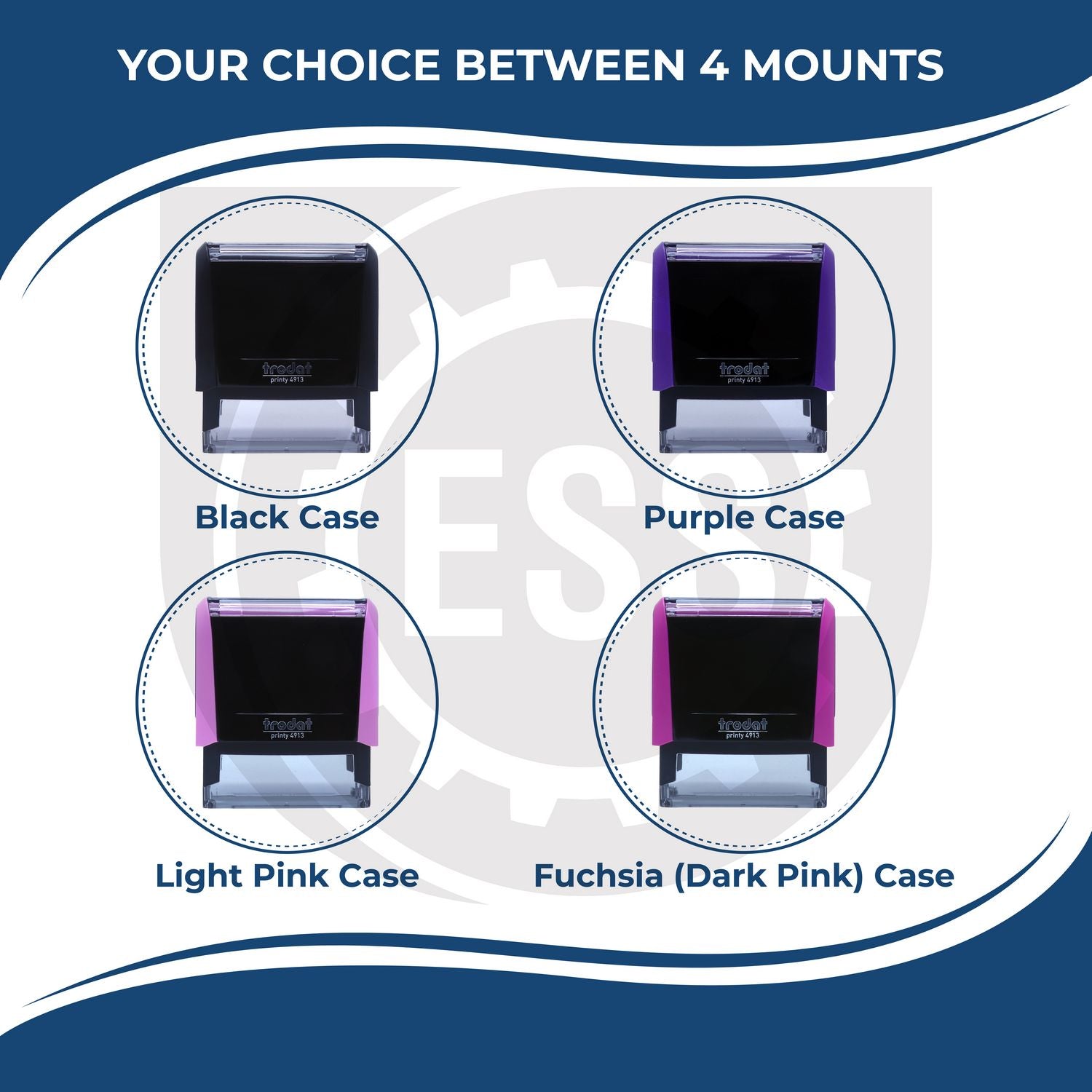Understanding Architect Stamps
Architect stamps play a crucial role in the field of architecture, serving as a mark of approval and professionalism. In the state of Connecticut, architect stamps are subject to specific requirements, ensuring compliance with state regulations. Let's explore the purpose of architect stamps and the importance of adhering to these regulations.
The Purpose of Architect Stamps
Architect stamps, also known as architect seals, are official imprints used by architects to authenticate their work. These stamps signify that the architectural plans, drawings, or documents have been reviewed and approved by a licensed architect. They provide a level of assurance to clients, building officials, and the public that the architectural work complies with relevant standards and regulations.
Architect stamps serve as a professional mark of competence and accountability. They demonstrate that the architect responsible for the design has met the necessary qualifications and possesses the required expertise to ensure the safety, functionality, and aesthetic appeal of the architectural project.
Importance of Compliance with State Regulations
In Connecticut, architect stamps are subject to specific requirements set forth by the Connecticut Department of Consumer Protection. These regulations are in place to protect the public interest and ensure that architectural work meets the necessary standards.
Architects practicing in Connecticut must be familiar with the state's architect stamp laws and adhere to them. Failure to comply with these regulations may lead to legal repercussions and professional consequences. It is crucial for architects to understand the specific requirements for architect stamps in Connecticut to avoid potential pitfalls.
By obtaining a Connecticut architect stamp and using it in accordance with state regulations, architects can demonstrate their commitment to professionalism, ethics, and compliance. It allows them to instill confidence in their clients, peers, and the public, showcasing their dedication to delivering high-quality architectural services.
To learn more about the specific requirements for architect stamps in Connecticut, including stamp design, information, and expiration, you can visit our article on connecticut architect stamps. This resource will provide you with valuable insights to ensure that you meet the necessary criteria and maintain compliance with the state's regulations.
Connecticut Architect Stamp Requirements
To practice architecture in Connecticut, architects must adhere to specific requirements regarding the use of architect stamps. These stamps play a crucial role in ensuring compliance with state regulations and validating the work of architects.
Legal Requirements for Connecticut Architects
Connecticut architects are legally required to affix their professional architect stamp or seal on certain documents, including construction plans, drawings, specifications, and other architectural documents. The purpose of the stamp is to certify that the work has been prepared by a licensed architect and meets the necessary standards and regulations.
Connecticut architect stamp requirements are governed by the Connecticut Department of Consumer Protection (DCP) - the regulatory body responsible for overseeing the practice of architecture in the state. The DCP sets forth guidelines and regulations that architects must follow to maintain compliance and protect the public interest.
The specific requirements for architect stamps may vary based on the type of documents being stamped. For example, architectural drawings and plans may have different stamping requirements compared to specifications or project reports. Architects must familiarize themselves with the specific regulations outlined by the DCP to ensure their work meets the necessary standards.
Role of the Connecticut Department of Consumer Protection
The Connecticut Department of Consumer Protection (DCP) plays a crucial role in overseeing the practice of architecture in the state. The DCP's primary objective is to protect the health, safety, and welfare of the public by ensuring that architects adhere to professional standards and regulations.
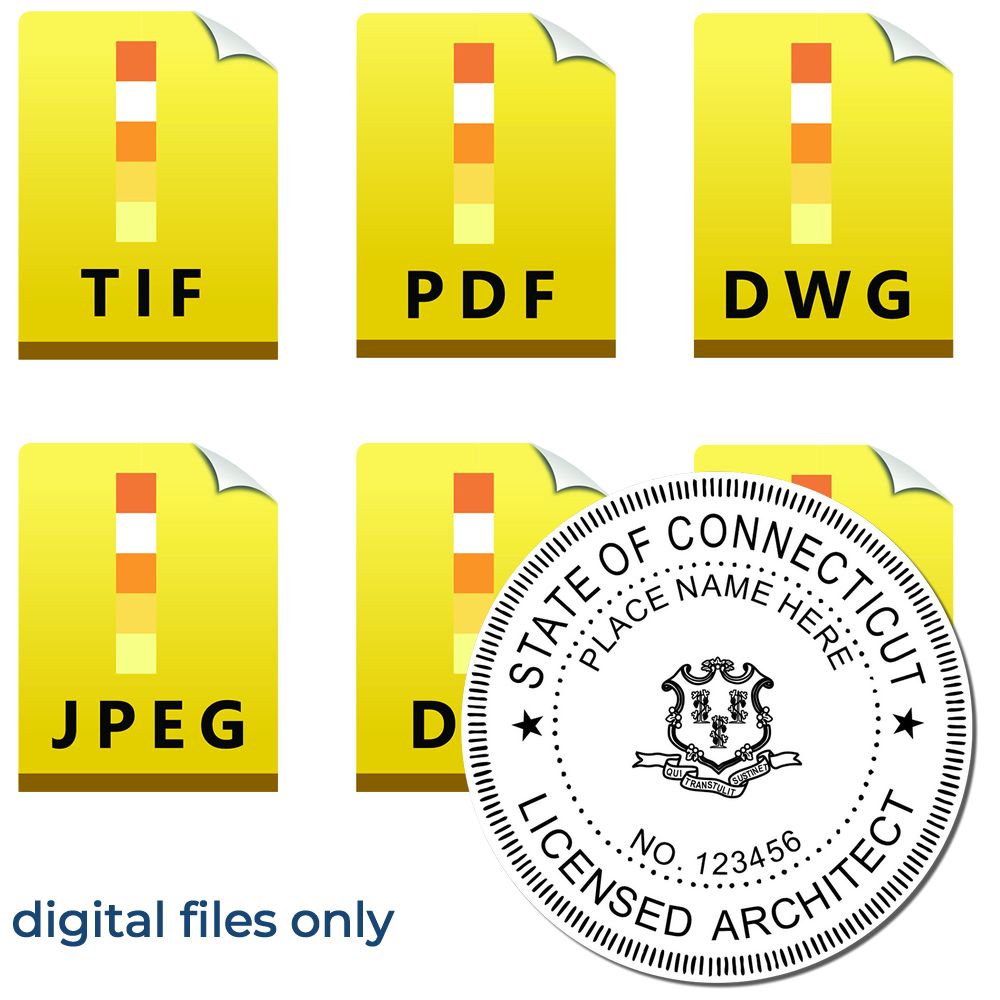

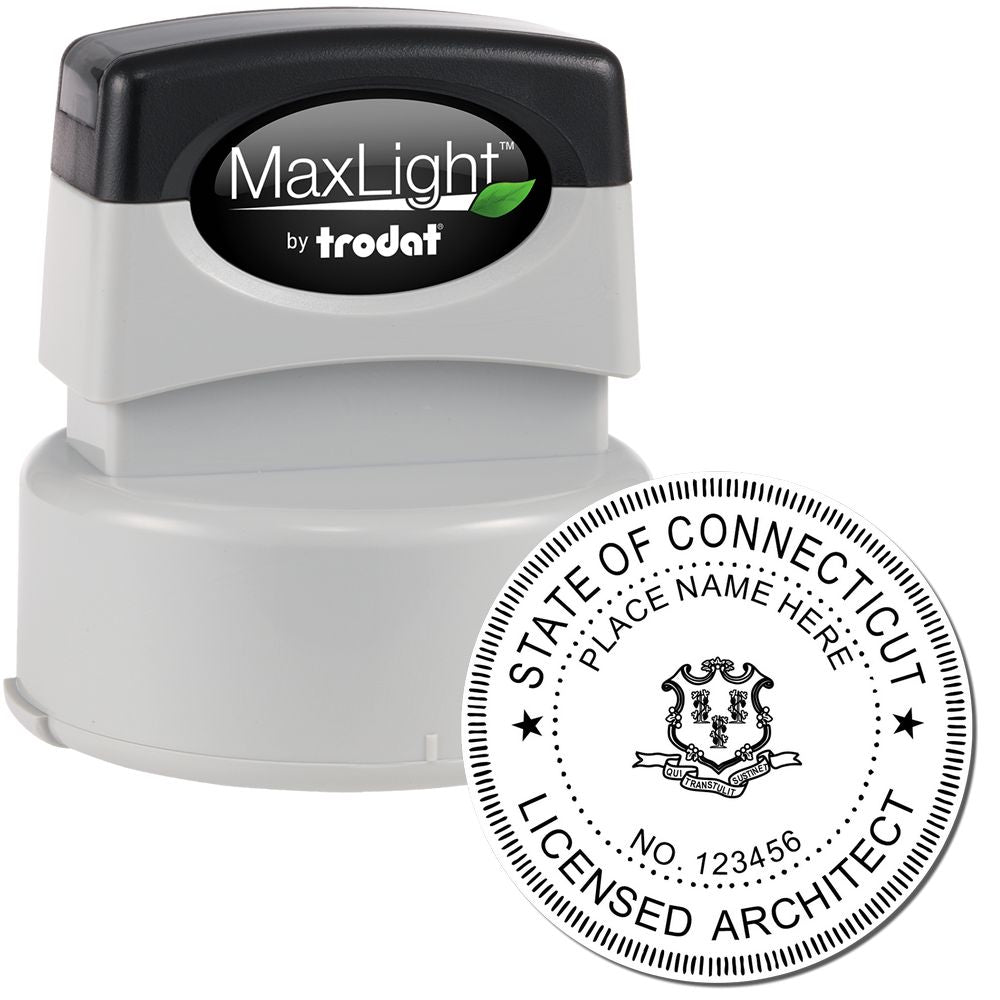
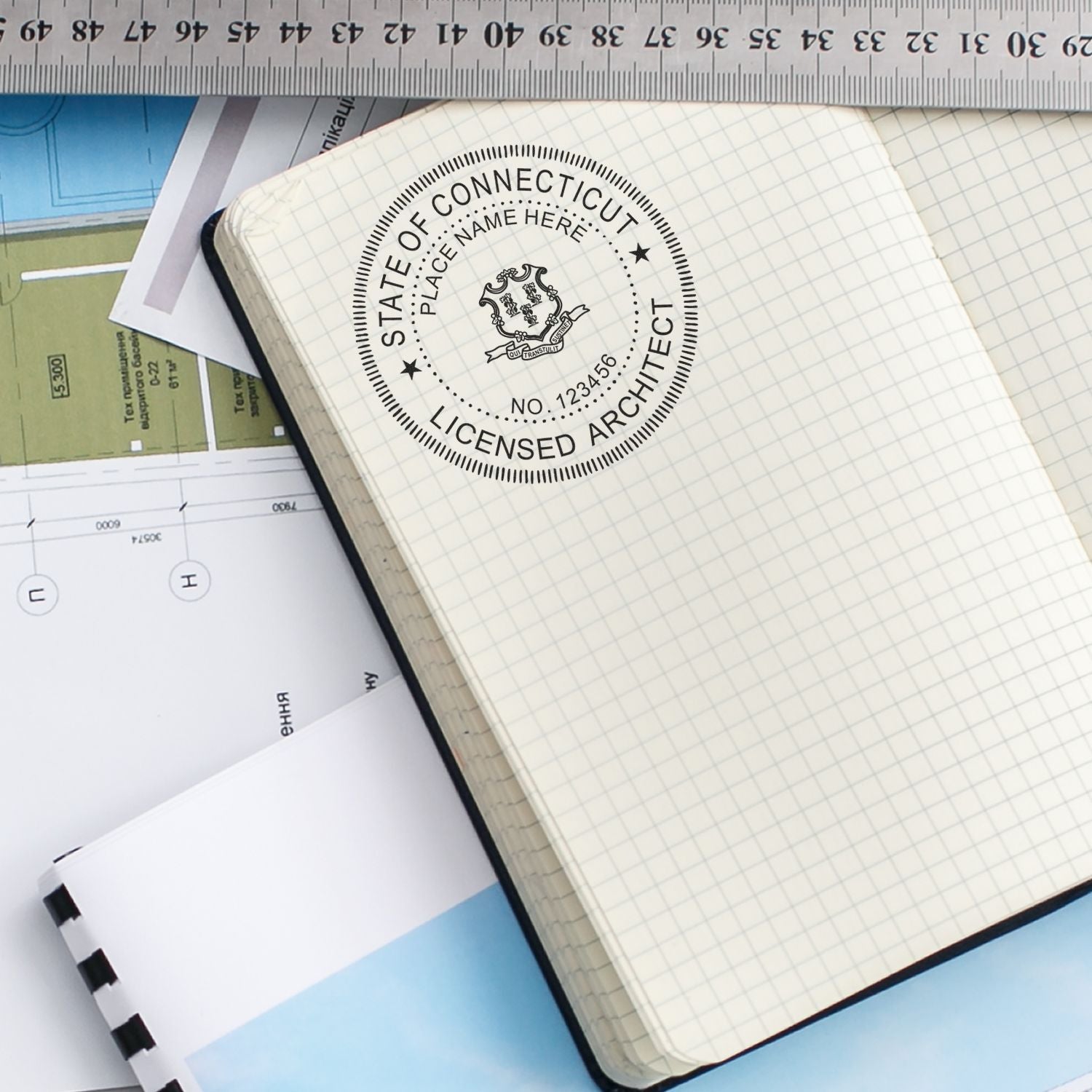
The DCP establishes and enforces regulations related to architect stamps and seals, as well as other aspects of architectural practice. They provide guidance on the use of architect stamps, including the required information that must be present on the stamp, such as the architect's name, license number, and the words "Registered Architect."
Architects should regularly check the DCP's website for any updates or changes to the regulations governing architect stamps. Staying informed about regulatory changes is essential to maintaining compliance and ensuring that their architect stamp meets the current requirements.
By understanding the legal requirements for architect stamps and the role of the Connecticut Department of Consumer Protection, architects can ensure that their work is in line with state regulations. This compliance helps to protect the public and maintain the integrity of the architectural profession in Connecticut. For more information on Connecticut architect stamps, you can visit our article on connecticut architect stamps.
Elements of a Connecticut Architect Stamp
To ensure compliance with the regulations set forth by the Connecticut Department of Consumer Protection, architects in Connecticut must be familiar with the elements required on their architect stamp. These elements include the required information on the stamp and the design and specifications of the stamp itself.
Required Information on the Stamp
The Connecticut architect stamp must contain specific information to meet the state's requirements. This information typically includes:
-
Architect's Name: The stamp should clearly display the architect's full name. It is important to ensure that the name on the stamp matches the name on the architect's license.
-
Architect's License Number: The architect's license number is a crucial element that must be included on the stamp. This unique identifier helps to verify the architect's credentials and ensure compliance with state regulations.
-
Architect's Signature: In addition to the name and license number, the architect's signature is often required on the stamp. This adds an extra layer of authenticity and verification to the documentation.
It is important to follow the specific guidelines provided by the Connecticut Department of Consumer Protection to ensure that the required information is accurately represented on the architect stamp.
Design and Specifications of the Stamp
Aside from the required information, architects must also consider the design and specifications of their Connecticut architect stamp. The stamp should be designed in a manner that clearly represents the architect's professionalism and adheres to the state's guidelines. While there are no specific design requirements outlined by the Connecticut Department of Consumer Protection, architects should keep the following considerations in mind:
-
Legibility: The stamp design should prioritize legibility, ensuring that the required information is easily readable and distinguishable.
-
Quality: The stamp should be produced with high-quality materials to ensure durability and longevity. This helps to maintain the integrity of the stamp and prevent any smudging or fading of the impression.
-
Size: The stamp should be of an appropriate size, allowing for clear and accurate imprints on the necessary documents.
Architects can obtain their Connecticut architect stamp from reputable stamp suppliers who specialize in providing stamps that meet state requirements. When choosing a stamp supplier, architects should consider factors such as reliability, reputation, and the ability to customize the stamp to include the required information.
By understanding the elements required on a Connecticut architect stamp and ensuring compliance with state regulations, architects can confidently authenticate their professional documents and demonstrate their adherence to the standards set forth by the Connecticut Department of Consumer Protection. For more information on Connecticut architect stamps, you can visit our article on connecticut architect stamps.

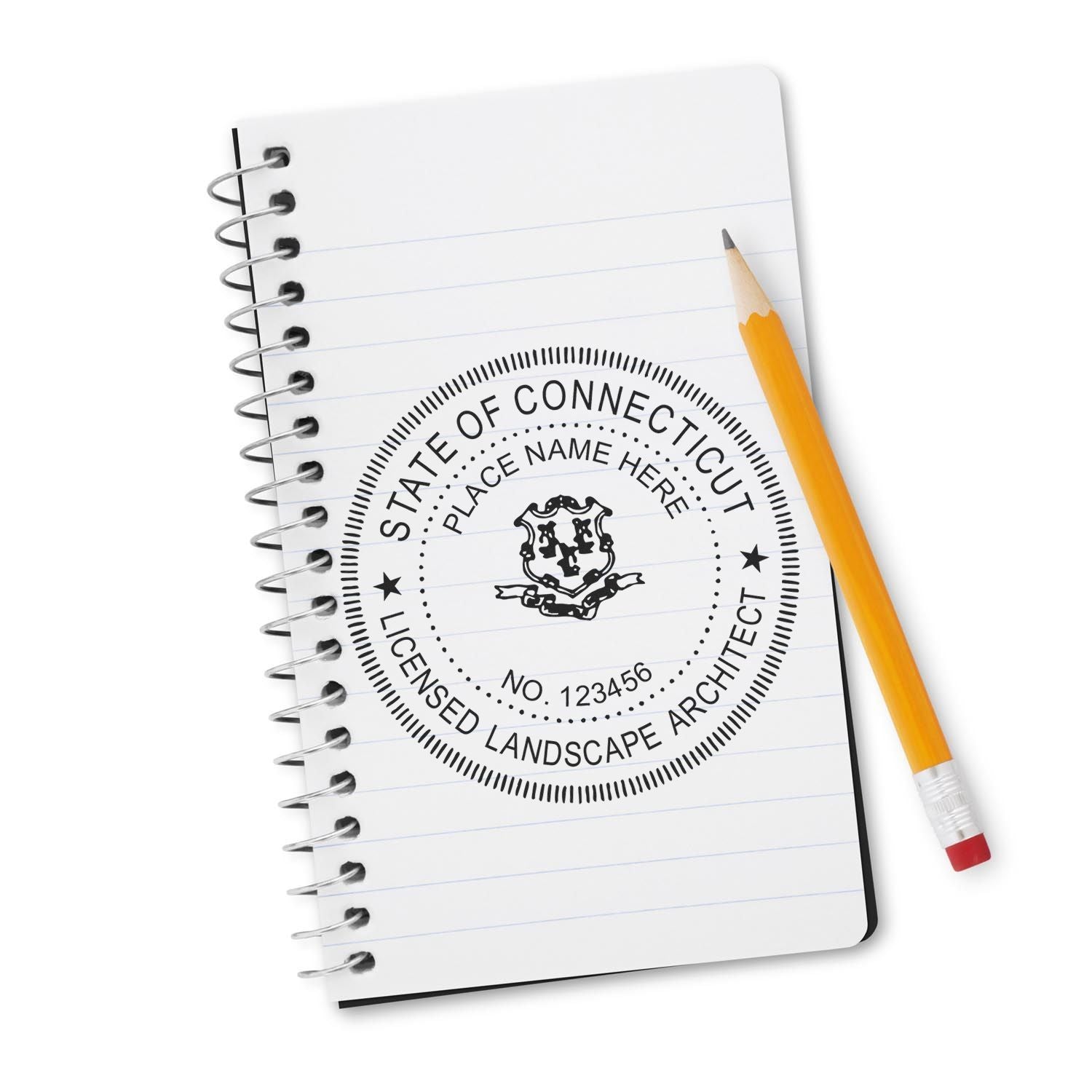
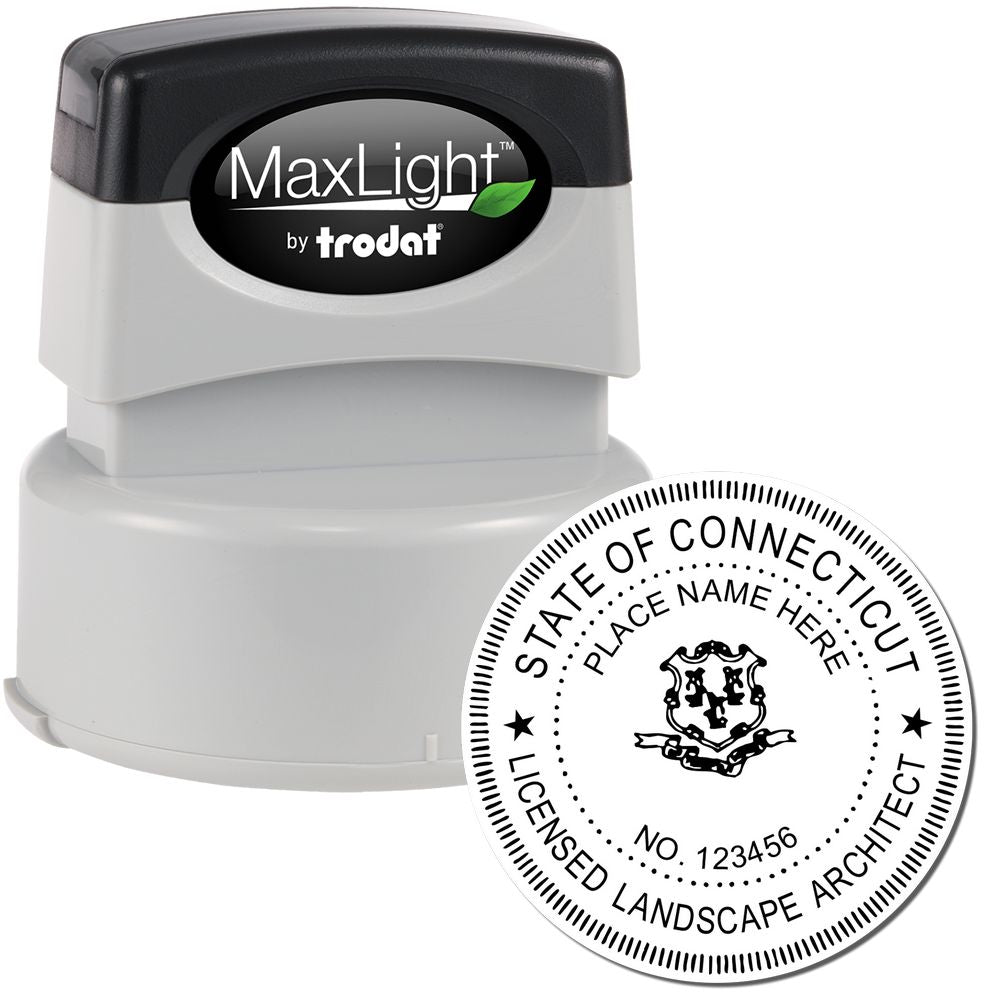
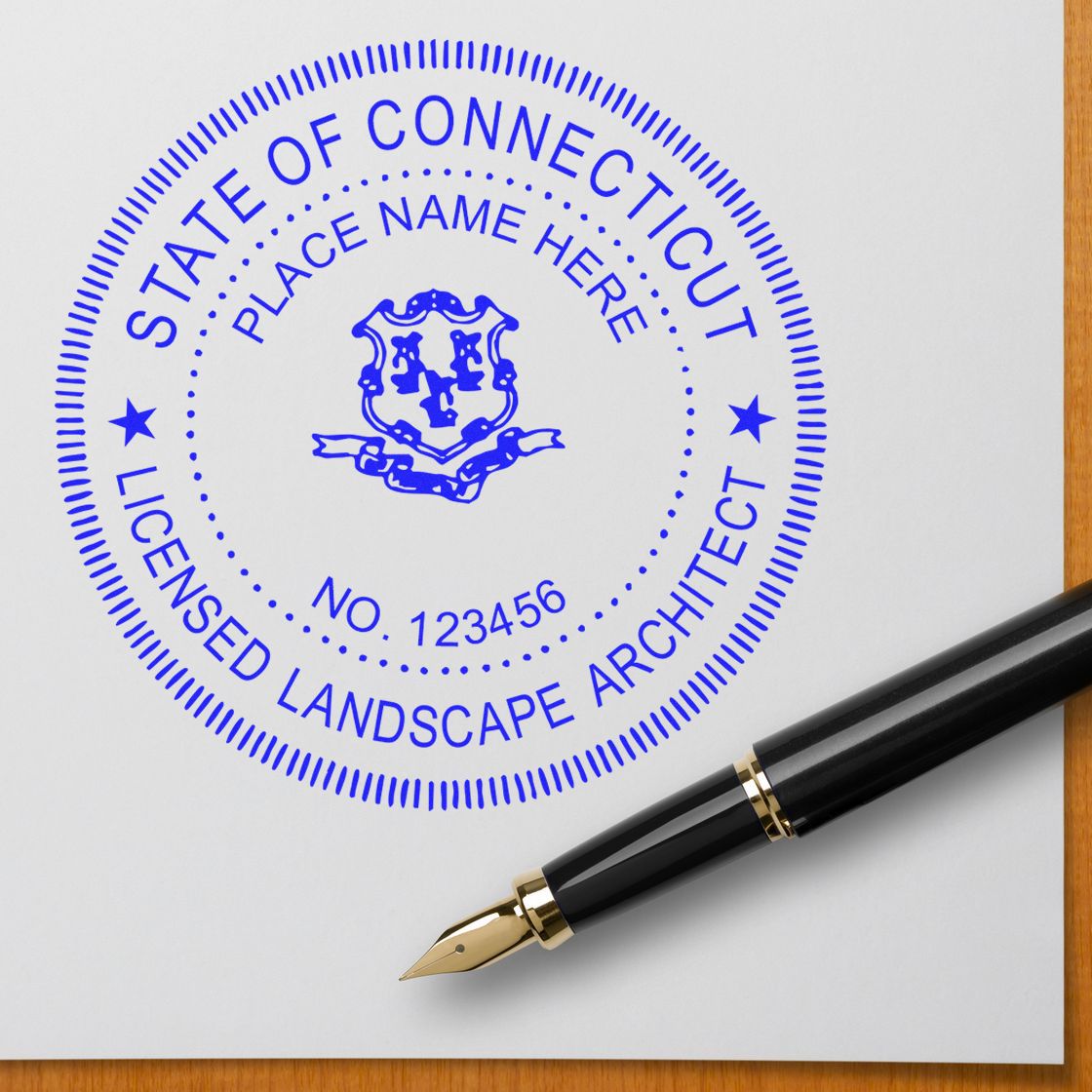
Obtaining a Connecticut Architect Stamp
To practice architecture in Connecticut, architects are required to have a valid Connecticut architect stamp or seal. This stamp serves as an official endorsement and verification of the architect's professional credentials. Let's explore where you can purchase a Connecticut architect stamp and the factors to consider when choosing a stamp supplier.
Where to Purchase a Connecticut Architect Stamp
When it comes to obtaining a Connecticut architect stamp, it's important to choose a reputable and reliable supplier. There are several options available for purchasing a Connecticut architect stamp:
-
Online Stamp Suppliers: Many reputable online suppliers offer a wide range of architect stamps, including Connecticut-specific designs. These suppliers often provide customization options, allowing you to include your name, license number, and other required information on the stamp. It's important to choose a supplier that complies with the Connecticut architect stamp laws to ensure your stamp meets all the necessary requirements. You can visit our article on connecticut architect stamps for more information.
-
Local Office Supply Stores: Some local office supply stores may carry architect stamps. However, it's crucial to verify that the stamps they offer meet the Connecticut architect stamp requirements. Ensure that the stamp provides sufficient space for all the necessary information and is made with durable materials.
-
Specialized Stamp Manufacturers: There are companies that specialize in manufacturing professional stamps, including architect stamps. These manufacturers often have a deep understanding of the regulatory requirements and can help you select a stamp that meets the specific Connecticut regulations. It's important to research and choose a manufacturer with a good reputation and experience in the industry.
Factors to Consider When Choosing a Stamp Supplier
When selecting a supplier for your Connecticut architect stamp, consider the following factors:
-
Compliance: Ensure that the supplier you choose understands and complies with the Connecticut architect stamp laws. The stamp should meet all the required specifications, including the size, format, and information to be included.
-
Quality: Look for a supplier that offers high-quality stamps made from durable materials. The stamp should be able to withstand regular use and produce clear, legible imprints.
-
Customization Options: Check if the supplier allows customization of the stamp with your name, license number, and other required information. This ensures that your stamp is personalized and meets the state's requirements.
-
Customer Reviews and Reputation: Research the supplier's reputation by reading customer reviews and testimonials. This will provide insights into the quality of their products and customer service.
-
Price and Turnaround Time: Compare prices among different suppliers and consider the estimated turnaround time for stamp production and delivery. However, prioritize quality and compliance over cost alone.
By carefully considering these factors, you can choose a reliable supplier and obtain a Connecticut architect stamp that meets all the necessary requirements. Remember to review the Connecticut architect stamp laws periodically to ensure you stay compliant with any regulatory changes. Additionally, be aware of the expiration date of your stamp and make arrangements for its renewal in a timely manner. You can find more information about Connecticut architect stamp expiration in our article on connecticut architect stamp expiration.
Maintaining Compliance
To ensure that architects in Connecticut adhere to the necessary regulations, it is crucial to stay up to date with regulatory changes and renew and update your Connecticut architect stamp as required.
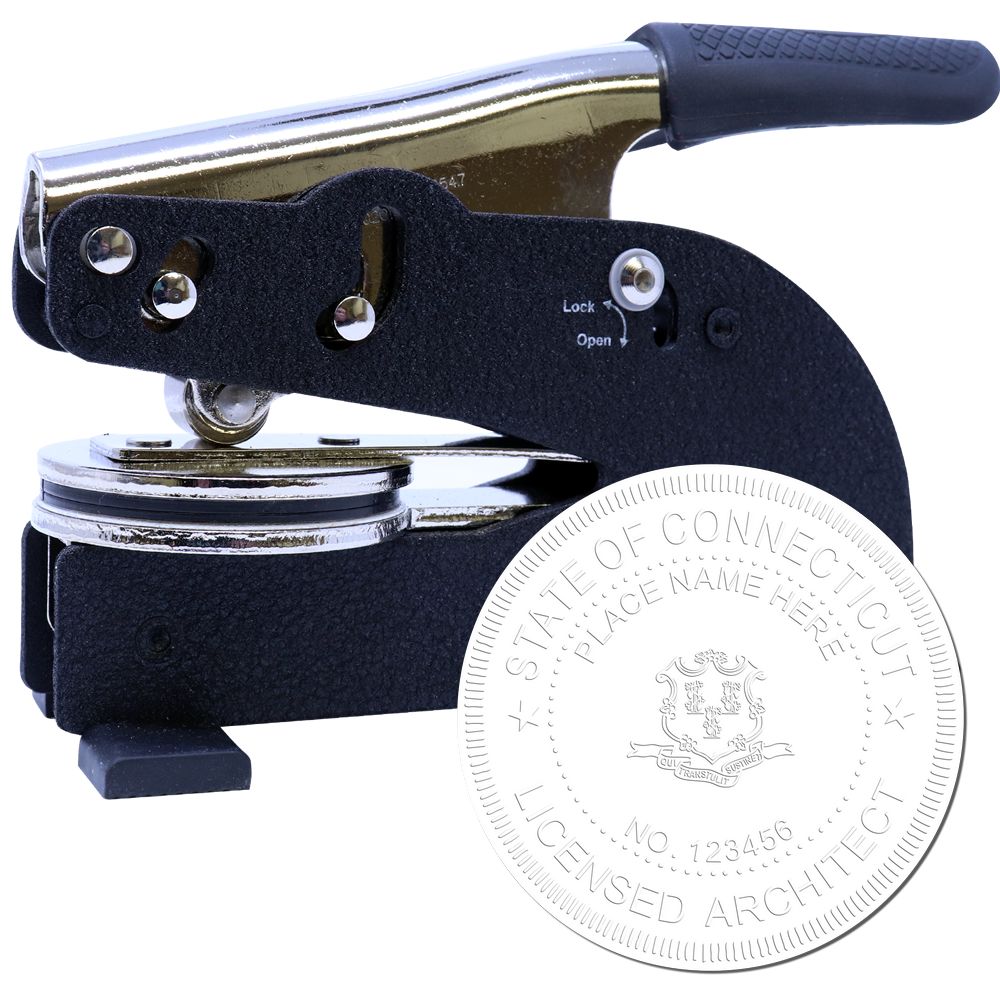

Staying Up to Date with Regulatory Changes
The field of architecture is constantly evolving, and regulations governing the architectural profession can change over time. It is essential for architects to stay informed about any updates or revisions to the regulations set forth by the Connecticut Department of Consumer Protection. This ensures that architects can maintain compliance and continue to provide their services with confidence.
To stay up to date, architects should regularly review the official resources provided by the Connecticut Department of Consumer Protection. These resources may include publications, newsletters, or updates on the department's website. By keeping an eye on these resources, architects can remain aware of any changes to the requirements for architect stamps and seals in Connecticut. This knowledge helps architects stay in compliance and avoid any potential legal issues. For more information on Connecticut architect stamp laws, refer to our article on connecticut architect stamp laws.
Renewing and Updating Your Connecticut Architect Stamp
In Connecticut, architect stamps or seals typically have an expiration date. It is crucial to renew and update your Connecticut architect stamp before it expires to maintain compliance with state regulations. Failure to renew the stamp on time may result in the inability to legally certify architectural documents.
Architects should familiarize themselves with the specific procedures and requirements for renewing and updating their architect stamps in Connecticut. This information can be obtained from the Connecticut Department of Consumer Protection or through professional organizations that cater to architects. It is essential to submit the necessary documentation and fees within the designated timeframe to ensure a seamless renewal process. For more information on the expiration and renewal of your Connecticut architect stamp, please refer to our article on connecticut architect stamp expiration.
By staying up to date with regulatory changes and renewing and updating your Connecticut architect stamp in a timely manner, you can demonstrate your commitment to compliance and professionalism. This ensures that your architectural work remains legally valid and reflects your dedication to providing quality services to clients and the public.
About ESS
Engineer Seal Stamps, also known as ESS, is a leading provider of high-quality custom rubber stamps, professional seals, and notary stamps. With a commitment to excellence in both product and service, we take great pride in offering a state board guarantee on all of our products. Our top-of-the-line engineer seal stamps and professional seals are perfect for architects, engineers, and anyone else in need of reliable and accurate stamping solutions.
At ESS, we understand that time is valuable. That's why we offer a quick turnaround on all of our products, ensuring that you receive your order in a timely and efficient manner. We believe that customer satisfaction is the foundation of any successful business, which is why we strive to provide stellar customer service to all of our clients. From the moment you place your order, our knowledgeable and friendly staff will work closely with you to ensure that your needs are met in every way possible.
In addition to our commitment to quality products and exceptional customer service, ESS also strives to be an environmentally conscious company. We make every effort to reduce our environmental impact by using sustainable and eco-friendly materials in our stamp production process. At ESS, we are dedicated to providing our customers with the highest quality stamping solutions. With our commitment to excellence, state board guarantee, quick turnaround, and environmentally conscious practices, you can trust that you are receiving the best products and service available.

